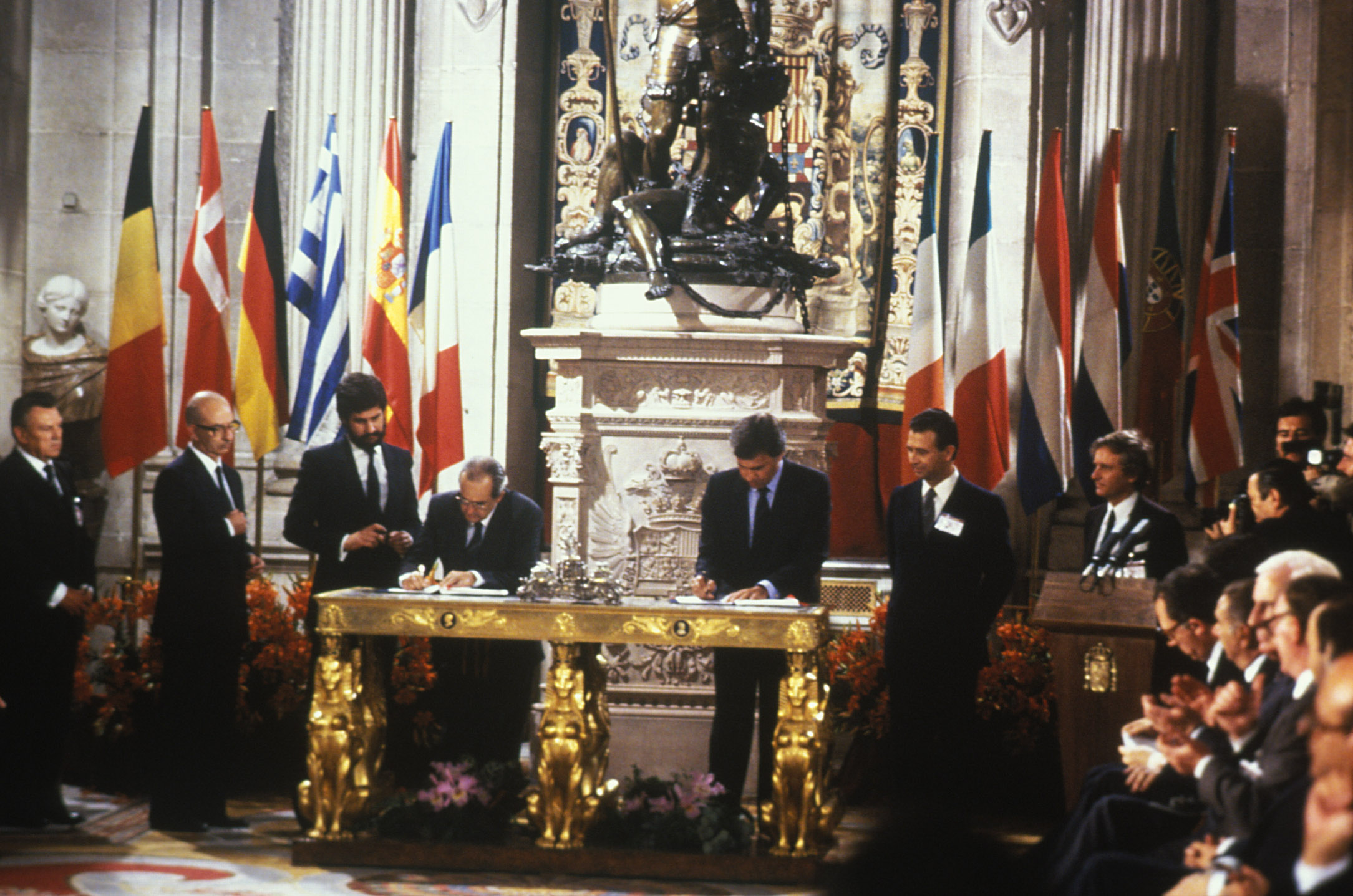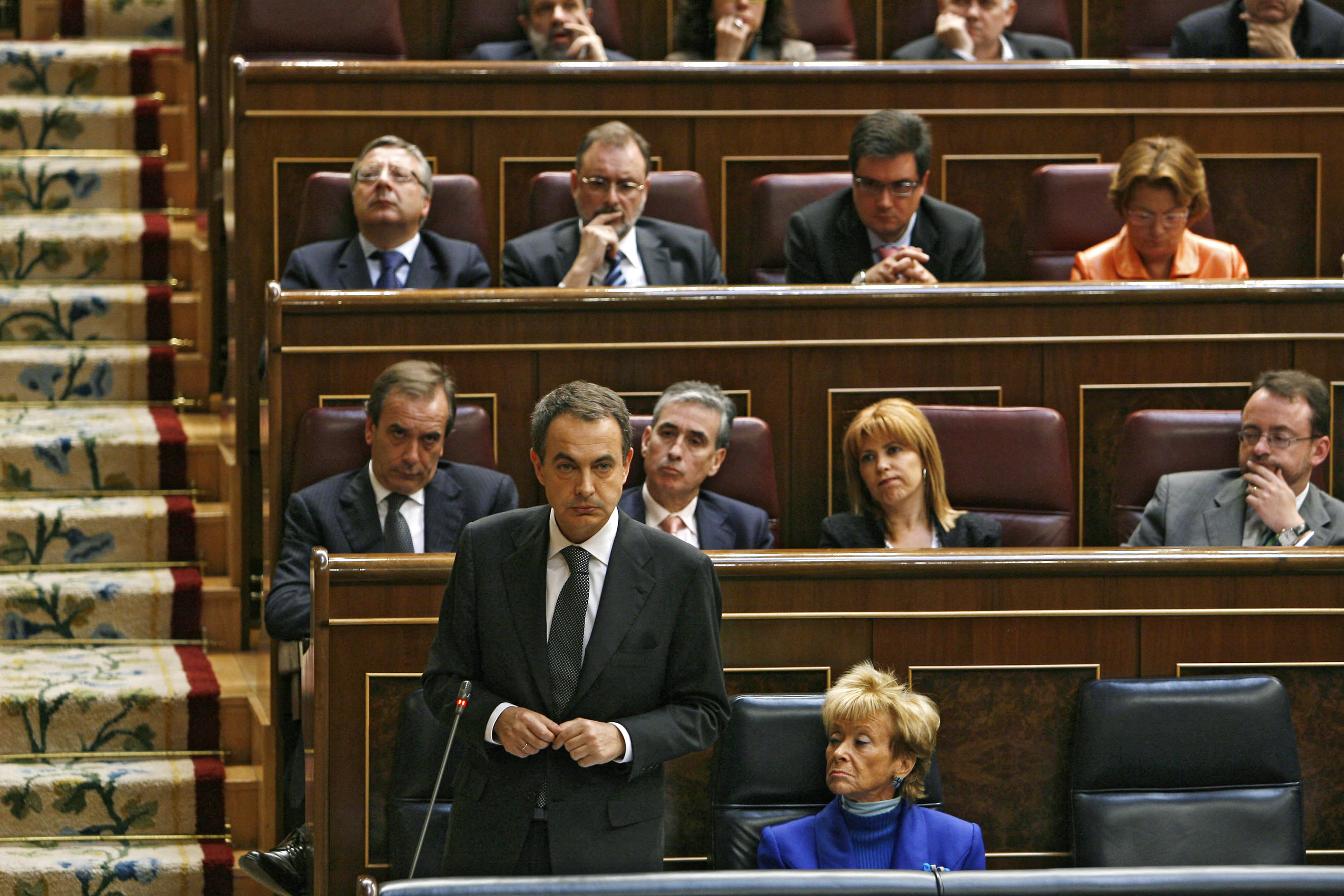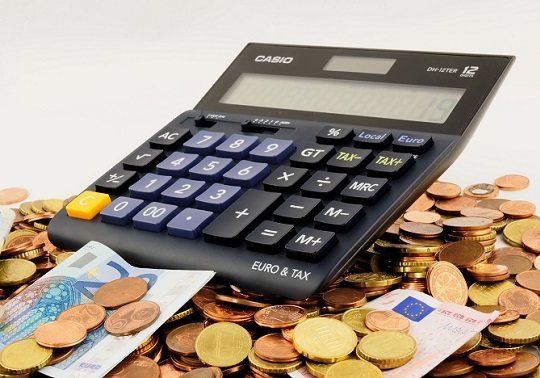
‘Spain contributes its knowledge as old nation and its enthusiasm as young people, convinced that a unity future is the only possible future for Europe. The ideal of European building is more valid than ever, because the demands of the current world -and even more of tomorrow’s world- impose it on us.’ Those were the ending words of then head of the Government, Felipe González, who gave a speech at the Spain's signature of the application for accession to the European Economic Community, on 15 June 1985. Some months later, in 1986, Spain made its accession to the EEC official.
15 december 2016
On 16 November 2016, on the occasion of this anniversary, the Master’s degree in Economic Policy and Public Economics organised jointly the event: ‘Thirty Years of Spanish Economic Policy in the European Union.’ Some issues such as the effects of such union in the Spanish industrial sector, the Common Agricultural Policy or the strategy to get through the crisis within the community framework were discussed at the event.
In order to understand all these 30 years of membership, here you have five economic key aspects:
1. The GDP gets duplicated:
In the last 30 years, Spain has gone from generating a Gross Domestic Product equivalent to 243.382 million euros (1986), to 1,081 trillion at the end of 2015. GDP growth remained constant from the beginning of the European adventure to the outbreak of the crisis in 2008, when Spain generated the largest GDP in its history: 1,11 trillion euros.
2. The public debt shoots up:
There are, however, some negative aspects to highlight. Spain is the fourth country whose public debt has increased most since the beginning of the crisis, just behind Slovenia, Lithuania and Romania. The debt has grown by 151% since 2008 and in order to repay it, every Spanish citizen would have to pay on average 23,000 euros. In 1985, the year before the country entered the Union, the debt amounted to 75.700 million and represented 42.06% of GDP. Currently, it represents the 100,30%.
3. Unemployment, an structural issue:

One of the problems the integration in the European project has not been able to solve is unemployment. Spain has one of the higher rates of the Union. At this time, the country has to deal with an 18.91%, which doubles the EU average (8.5% in September 2016). At the time of joining the EU there was a similar situation to the present one: Spain had a 17.4% unemployment compared to a 10.7% on average in the European Union, and it was not until 2005 that both of them set similar rates, around 9%.
“Our country has one of the highest unemployment rates in the Union. At this time, we have to deal with an 18.91%, which doubles the EU average (8.5% in September 2016)”
4. Industry and privatizations:
The incorporation into the European Economic Community meant the elimination of duties or fees and the re-conversion of an industrial sector that was backward and did not have optimal elements to be competitive in the new market that was opening. Traditional sectors such as textiles and footwear were heavily affected by integration, while intermediate sectors with high levels of foreign capital increased their production and exportations. On the other hand, the governments of Felipe González (PSOE) and José María Aznar (PP) carried out a process of privatization of large national companies like Telefónica, Repsol or Endesa.

As far as investments are concerned, only with the structural funds - around 140 billion euros in 25 years - the EU has financed approximately 50% of large public works, such as High Speed Lines (AVE Madrid-Seville), the T-4 of Barajas, or the airport of La Palma. But it has also been responsible for a percentage of the expenditure of major freeways or the modernization of the distribution networks of towns and cities.
5. Monetary and tax policy:
Finally, the way to a greater economic and monetary integration was established in the Maastricht Treaty (1992). In addition to facilitating international trade, membership to the single currency also meant for the member countries to get rid of the main instruments of economic policy: monetary policy remained in the hands of the European Central Bank (ECB), fiscal policy was subject to compliance with Stability and Growth Pact and the exchange rate policy disappeared by eliminating the currencies of the states, which would mean the transfer of sovereignty of the member states towards the European Union.












